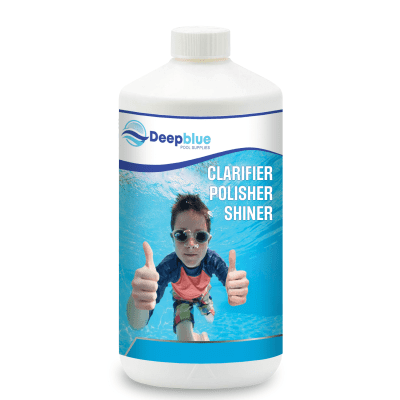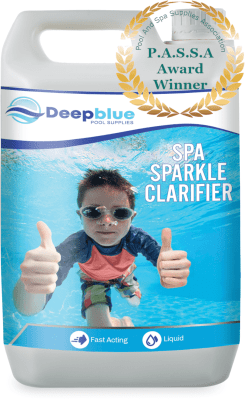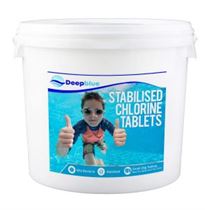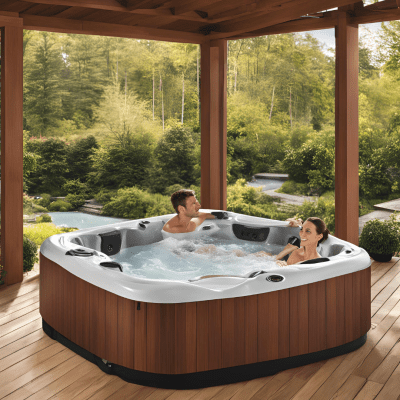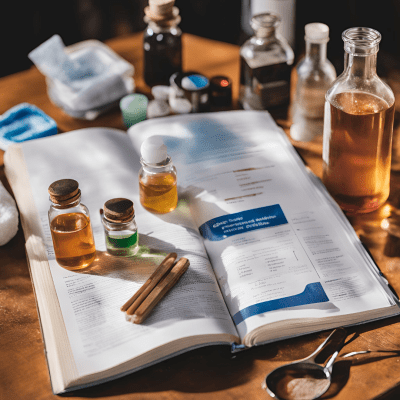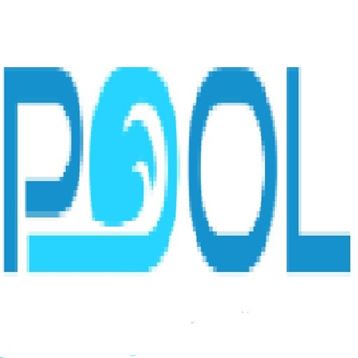Blogpool, Buying Guide, Hottub, Maintenance, Water Testing
A guide to owning a hot tub and swim spa – Key terms and questions answered
Quiz
- What are two methods for determining the volume of water in your hot tub?
- Why is it important to maintain the proper water temperature in a hot tub?
- Explain the difference between free chlorine and combined chlorine.
- What is the purpose of shocking your hot tub water?
- Describe the function of alkalinity in hot tub water chemistry.
- Why should you avoid using pool chemicals in your hot tub?
- What are three common causes of cloudy hot tub water?
- How does a salt water chlorinator work?
- List three advantages of using a swim spa.
- Explain the purpose of a line flush product.
Quiz Answer Key
- What are two methods for determining the volume of water in your hot tub?You can consult the owner’s manual or the manufacturer’s website for the exact volume. Alternatively, you can calculate the volume using either the Exterior Dimension Method or the Fill Time Method, which are detailed in Chapter 2 of The Hot Tub Handbook.
- Why is it important to maintain the proper water temperature in a hot tub?Maintaining the correct temperature range, typically between 98°F and 102°F (36°C and 38°C), ensures a comfortable and safe soaking experience. Excessively hot water can lead to overheating and health risks, while water that is too cold can be unpleasant and may not effectively activate sanitizers.
- Explain the difference between free chlorine and combined chlorine.Free chlorine is the active form of chlorine that is available to sanitize your hot tub water by killing bacteria and other contaminants. Combined chlorine is chlorine that has already reacted with contaminants and is no longer available for sanitizing. It forms chloramines, which can cause unpleasant odors and irritate skin and eyes.
- What is the purpose of shocking your hot tub water?Shocking involves adding a large dose of oxidizer, typically non-chlorine shock, to eliminate built-up contaminants and chloramines that your regular sanitizer levels can’t handle. This helps restore water clarity, reduce odors, and ensures a safe and hygienic soaking environment.
- Describe the function of alkalinity in hot tub water chemistry.Alkalinity acts as a buffer that helps stabilize the pH level in your hot tub water. It prevents drastic fluctuations in pH, which can cause issues with sanitizer effectiveness, water clarity, and equipment corrosion. The ideal alkalinity range is typically between 125 ppm and 150 ppm.
- Why should you avoid using pool chemicals in your hot tub?Pool chemicals are formulated for much larger volumes of water and may be too concentrated for use in a hot tub. Using pool chemicals can result in chemical imbalances, potentially damaging your hot tub equipment and causing skin irritation.
- What are three common causes of cloudy hot tub water?Cloudy hot tub water can be caused by high levels of dissolved solids and contaminants (high TDS), imbalanced water chemistry (particularly high pH or alkalinity), or inadequate filtration, which allows debris and microorganisms to accumulate.
- How does a salt water chlorinator work?A salt water chlorinator uses electrolysis to convert dissolved salt (sodium chloride or sodium bromide) into chlorine or bromine, respectively. The generated sanitizer continuously disinfects the water, reducing the need for frequent manual chlorine or bromine additions.
- List three advantages of using a swim spa.Swim spas offer a combination of exercise and relaxation benefits, providing a current for swimming in place while also having hydrotherapy jets. They are typically smaller than traditional swimming pools, requiring less space and maintenance. Swim spas can be used year-round, as they can be heated.
- Explain the purpose of a line flush product.A line flush product is specifically designed to clean the plumbing lines of your hot tub. It helps remove buildup of biofilm, grease, and other debris that can accumulate in the pipes, improving water flow and preventing contamination. It is often used before draining and refilling the hot tub.
Glossary
Here are the definitions for the terms you will find useful
- Air lock – Occurs when air gets trapped inside your filtration system. This typically happens during refilling and can result in low water pressure, no circulation, or pressure switch errors.
- Alkalinity – The measure of your hot tub water’s ability to resist pH changes, also referred to as its buffering capacity.
- Biofilm – A slimy buildup that commonly forms inside your spa’s circulation system. This buildup is a layer of bacteria such as legionella, Pseudomonas aeruginosa, mycobacterium fortuitum, and E. coli that protect themselves from sanitizers by covering themselves in a layer of biofilm.
- Breakpoint chlorination – Refers to adding enough free chlorine to break apart combined chlorine molecules, which allows your sanitizer to function effectively again.
- Calcium hardness – The amount of calcium present in your hot tub water.
- Chloramines – Undesirable compounds that form when chlorine interacts with organic compounds in your hot tub. They have a foul odour and reduce the effectiveness of chlorine.
- Free chlorine – The chlorine that is actively available to sanitize your hot tub water. It hasn’t yet combined with ammonia or nitrogen molecules.
- Hose filter – A filter that attaches to your hose to remove minerals and other contaminants from your fill water before it enters the hot tub.
- Ideal – Refers to the optimal levels for various water chemistry parameters, ensuring balanced and healthy water.
- Line flush – A product designed to clean the plumbing lines of your hot tub. This is necessary because even if you keep your hot tub clean, contaminants like sunscreen and body oils can build up in the plumbing.
- Non-chlorine shock – A granular form of potassium peroxymonosulfate. It’s used to oxidize materials that your regular sanitizer may not effectively eliminate, such as microorganisms, contaminants, or chloramines.
- pH – A measure of the acidity or alkalinity of your hot tub water. It’s measured on a scale of 0-14, with 7.5 considered neutral.
- Priming – The process of purging air from the lines of your hot tub pumps to ensure proper functionality. The specific steps may vary depending on the manufacturer and model.
- Sanitizer – A chemical agent like chlorine or bromine used to eliminate unwanted contaminants from your hot tub water.
- Scale – Whitish, scaly mineral deposits that accumulate on hot tub surfaces. Scale can clog your filtration system and create an environment for bacteria and algae.
- Shock – A strong dose of oxidizer used to break down contaminants that your current sanitizer level can’t handle.
Some products you might be interested in:


